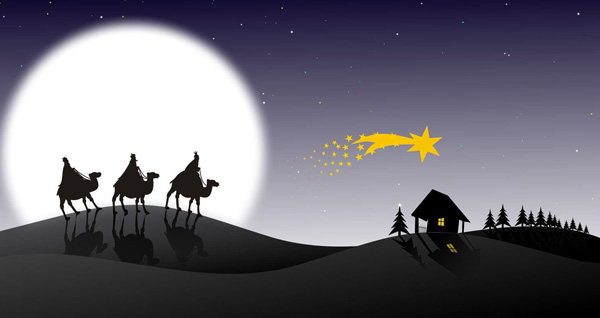Tomorrow of course is the Feast of Saint Valentine, celebrated annually on February 14th each year, as a minor Western Christian feast day.
The Feast of St. Valentine was first established by Pope Gelasius I in AD 496, to be celebrated on February 14th in honour of Saint Valentine of Rome. St. Valentine of Rome was believed to be a temple priest, who was executed outside the Flaminian Gate, in Rome, [on the Piazza del Popolo, which was a place for public executions], by the anti-Christian Emperor Claudius II. His crime was helping Roman soldiers to marry when they were forbidden to by the Christian faith at the time. He was executed on that same day, February 14th, in AD 269.
Tradition claims that St. Valentine as a prisoner restored sight to the blind daughter of his jailer. It is believed he afterwards wrote to the jailer’s daughter a letter, which he signed “Your Valentine” as a farewell before his execution.
Benedictine monks are believed to have spread the practise of honouring St. Valentine to England, France and Ireland.
True or not, woe betide any man who has forgotten to obtain at least some small gift token, in expression of their love, to those whom they hold ‘near and dear’, tomorrow.
While many would hold that the traditional Irish folk ballad, known by almost every Irish person, entitled “Spancil Hill” (Spancilhill), is an authentic 19th-century Saint Valentine’s love letter, and indeed worthy of St. Valentine, the writer Michael Considine in his dream arrived in Spancilhill “on the 23rd of June, the day before the fair”, and not on February 14th.
The author of the poem Michael Considine (1850–73) was baptized on August 11th 1850, (Page No. 204, entry No. 6051, in the Roman Catholic Baptism register of the parish of Clooney, Bunratty Upper), and at an early age travelled on emigrant ship to the United States, and who in 1873, now longed to be back in his homeland, at ‘the Cross of Spancil Hill’, Co. Clare.
Like many others, initially he was escaping from a God forsaken Ireland, then crippled by the Great Potato Famine of 1845, having emigrated at the age of 20 years in search of a better life. He worked for a few years in Boston Massachusetts in the United States, before heading west to California in the hope of finding riches in the gold rush.
At the age of 23, he became ill and when he knew he was probably dying, he penned the poem “Spancilhill”, which later became a folk ballad. He posted his love poem to his young nephew in Ireland. Alas, Michael Considine died aged 23years, in 1873.
Spancil Hill Crossroads, named in the poem, exists in the townland of Castletown, Doora, Co. Clare in the barony of Bunratty Upper, County Clare. The word ‘spancil’ refers to the practice of “spancilling,” which was to use a short piece of rope or other stout material to tie an animal’s left fore-leg to its right hind leg, thereby preventing same from straying or wandering.
Whitefriar Street Carmelite Church, Dublin, today houses some relics of St. Valentine.




Recent Comments